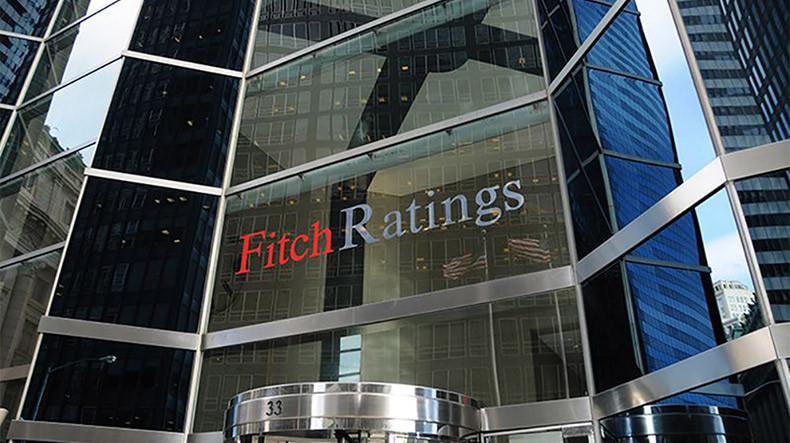
Fitch forecast Armenia's debt to GDP ratio to peak at 67.6% at the end of 2021
Fitch Ratings has affirmed Armenia's Long-Term Foreign-Currency (LTFC) Issuer Default Rating (IDR) at 'B+' with a stable outlook. As the organization said in a its latest update, Armenia's 'B+' IDRs reflect fairly high government and external indebtedness, relatively weak external finances and geopolitical tensions that have the potential to escalate into military conflict.
Fitch expects that Nikol Pashinyan's 'My Step' alliance should be able to maintain a working majority coalition in parliament at the 20 June 2021 snap elections. After Pashinyan signed a Russia-brokered and maintained ceasefire agreement on 9 November 2020 to end the Nagorno-Karabakh conflict, the country has seen a period of heightened protests and political interventions by the military calling for his resignation.
It is noted that the effects of Armenia's defeat in the Nagorno-Karabakh war are likely to persist, with the influx of refugees to Armenia numbering in the tens of thousands, and the need to re-establish diplomatic efforts through the previously failed OSCE Minsk Group process. Despite the presence of Russian peacekeeping forces, tensions in Nagorno-Karabakh have the potential to reignite due to the absence of a demilitarised zone. The war has also further entrenched Armenia's reliance on Russia for security and economic relations.
The impact of the twin Covid-19 pandemic and conflict shocks saw government indebtedness reverse its prior downward trend, with general government debt/GDP rising 13.8pp to 67.3% at end-2020, overtaking the current 'B' median (63.8%). Fitch forecast debt/GDP to peak at 67.6% at end-2021, before falling gradually to 63.5% by end-2025 as the government re-implements its medium-term fiscal rules and targets to reduce the metric to 60% by end-2026.
The consolidated fiscal deficit widened to 5.1% of GDP in 2020 (compared with a forecast of 7.6% at our October 2020 review), from 0.8% in 2019, driven by higher expenditure, including to support the economy during the pandemic. A budget amendment in 4Q20 widened the state budget deficit and reallocated spending for the war effort, but under-execution of capital expenditures limited the 2020 deficit outturn. According to the forecast, the consolidated fiscal deficit narrow gradually to 4% in 2021 and 2.8% in 2022, due to a continuation of several fiscal-support measures under the economic recovery plan in 2021, and our expectation of some improvement in capital spending execution.
According to the document, external finances are a key weakness for Armenia, with a high commodity export dependence (41% of 2020 current external receipts) that raises vulnerability to copper and precious metal price fluctuations, and fairly weak foreign direct investment (FDI) inflows. Net external debt (NXD) is high, at 55.1% of GDP at end-2020 ('B' median of 32.3%) and we forecast it to rise to 62.2% by end-2022.
\According to Fitch estimate the current account balance in 2020 to have remained broadly resilient despite the shocks, improving to a deficit of 4.3% of GDP (2019: deficit 7.2%). This was due to sharp compression of goods and services imports, and a spike in non-resident transfers since 2Q20 driven by large diaspora transfers akin to the increases during the 2008 and 2013 election crises.
Fitch forecasts the current account deficit (CAD) to widen to 6.1% in 2021 and 6.8% in 2022 ('B' median average of 4.3%) as private consumption and capital expenditure recover and as anti-crisis diaspora transfers fade, more than offsetting the effect of stronger terms-of-trade from decade-high copper prices. Net FDI inflows are expected to cover only a quarter of the 2021 deficit, with the February 2021 Eurobond and IFI borrowing financing the bulk.
Newsfeed
Videos






























